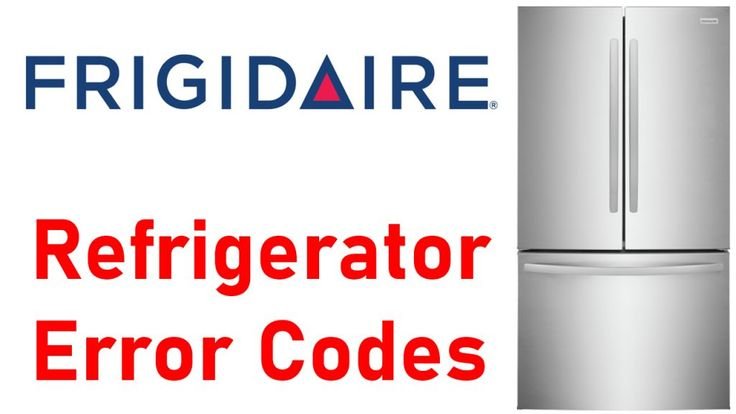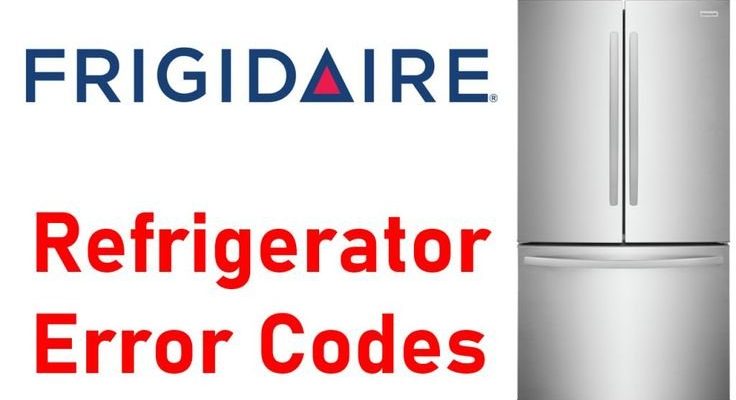
Imagine this: Your fridge is a bustling city and the evaporator fan is the central highway. If the highway gets blocked, traffic — or in this case, cool air — just can’t get through. This blockage can lead to uneven cooling and, eventually, spoiled food. No one wants to come home to thawed ice cream or wilting veggies. Fortunately, understanding why this happens and what you can do to prevent it means you won’t have to keep one eye on the fridge all the time. Let’s dive into some practical steps you can take.
Understanding the Evaporator Fan’s Role
First off, let’s talk about the evaporator fan. Picture your refrigerator as a big box with a built-in air conditioning system. The evaporator fan’s job is to blow the cold air produced by the evaporator coils throughout the interior of the fridge. When this fan stops working properly, you might notice that the freezer stays cold but the fridge compartment doesn’t — just like a house where one room is freezing while the others are warm. This is because the fan is usually positioned near the freezer to distribute cold air to both compartments.
Now, why does the evaporator fan stop working? Well, there are a few usual suspects. It could be an electrical glitch — think of it as a hiccup in the fridge’s brain. Alternatively, physical obstructions, like ice build-up around the fan, can jam the blades. Just like if you were trying to spin a pinwheel and someone stuck their finger in it. Both problems mean the fan isn’t moving as it should, and that’s a recipe for an E3 error code.
To keep this from happening, regular maintenance is key. It’s like keeping your car serviced to avoid breakdowns. Checking for ice build-up or listening for strange noises helps ensure everything’s running smoothly. If you hear knocking sounds or notice frost in non-freezer areas, it might be time to have a closer look. And don’t worry, understanding your fridge better means you can catch these issues before they turn into a big problem.
Regular Maintenance and Inspection
Think about why you change the oil in your car regularly. It’s not just because it’s a chore, but because it keeps the engine running smoothly. The same logic applies to your fridge. Performing regular maintenance can help prevent the E3 error code from appearing. Start by inspecting your fridge every couple of months. Look for signs of ice accumulation, listen for unusual noises, and check that air is flowing freely. If it doesn’t sound like a gentle breeze, there might be a hiccup in the system.
Cleaning the coils and fan can also help. Dust and debris can build up over time, just like how dust collects on bookshelves. Ensuring these components are clean helps them work efficiently. You see, a dusty fan doesn’t blow air as effectively, which can lead to that pesky error code. Use a soft brush or a vacuum with a hose attachment to clear away dust. But remember, always unplug your fridge before starting any cleaning — safety first!
Check the temperature settings next. Sometimes, the simplest solutions are the most effective. If the settings are too low, your fridge works overtime, potentially leading to ice build-up. Try setting your fridge to the manufacturer’s recommended temperatures. This ensures everything runs optimally without putting unnecessary strain on any single component. Simple steps like these go a long way in preventing problems.
Addressing Issues When They Arise
You might be wondering, what if I’ve done all the maintenance and I still get an E3 error code? Well, sometimes, even the best-maintained appliances can hit a snag. It’s important to address issues as soon as they arise — kind of like handling a flat tire right away before it causes more damage. If you notice the error code, start by resetting your fridge. Unplug it for a minute, then plug it back in. This simple step can sometimes clear minor electronic glitches.
If a reset doesn’t do the trick, inspect the evaporator fan motor. Is it running when the fridge is powered? A silent fan could indicate a motor problem. In this case, the motor might need replacing. While this might sound intimidating, it’s quite manageable if you’re comfortable with basic DIY tasks. However, if you’re not, there’s no shame in calling a professional. Think of it like visiting a mechanic instead of fixing your car yourself — sometimes it’s just easier and smarter.
Preventing future issues often means learning from current problems. After resolving the E3 error, make a note of what caused it. Was it a blockage, a mechanical fault, or something else? This knowledge helps you recognize similar symptoms before they turn into errors next time. By being proactive, you’re not just preventing a single error — you’re potentially improving the overall lifespan of your appliance. And who doesn’t want their fridge to last longer and save a few bucks in the process?
Understanding and Preventing Long-term Effects
Dealing with an E3 error isn’t just about fixing a single problem; it’s about preventing the ripple effects. If left unaddressed, inadequate cooling can spoil food, increasing waste and expenses. Picture it like a small leak in a roof — what starts as a tiny drip can eventually lead to major water damage. The same way a consistent fridge temperature ensures your groceries remain fresh and safe to consume.
Investing time in regular maintenance can also help avoid more significant repairs or a total fridge replacement down the line. A well-maintained fridge isn’t just about avoiding error codes but ensuring that all the components work harmoniously. Think of it as getting a health check-up — it’s not just to treat illnesses but to ensure everything is functioning as it should.
Moreover, understanding the root cause of the E3 error can enhance your troubleshooting skills. This knowledge empowers you to tackle future appliance-related issues with confidence. So, while you’re fixing this error, remember you’re also getting to know your fridge better — and the more you know about it, the better you can care for it.
By following these steps and tips, you’re setting up your fridge for success and leaving those error codes in the past. Here’s to enjoying more peace of mind when you open that fridge door!
